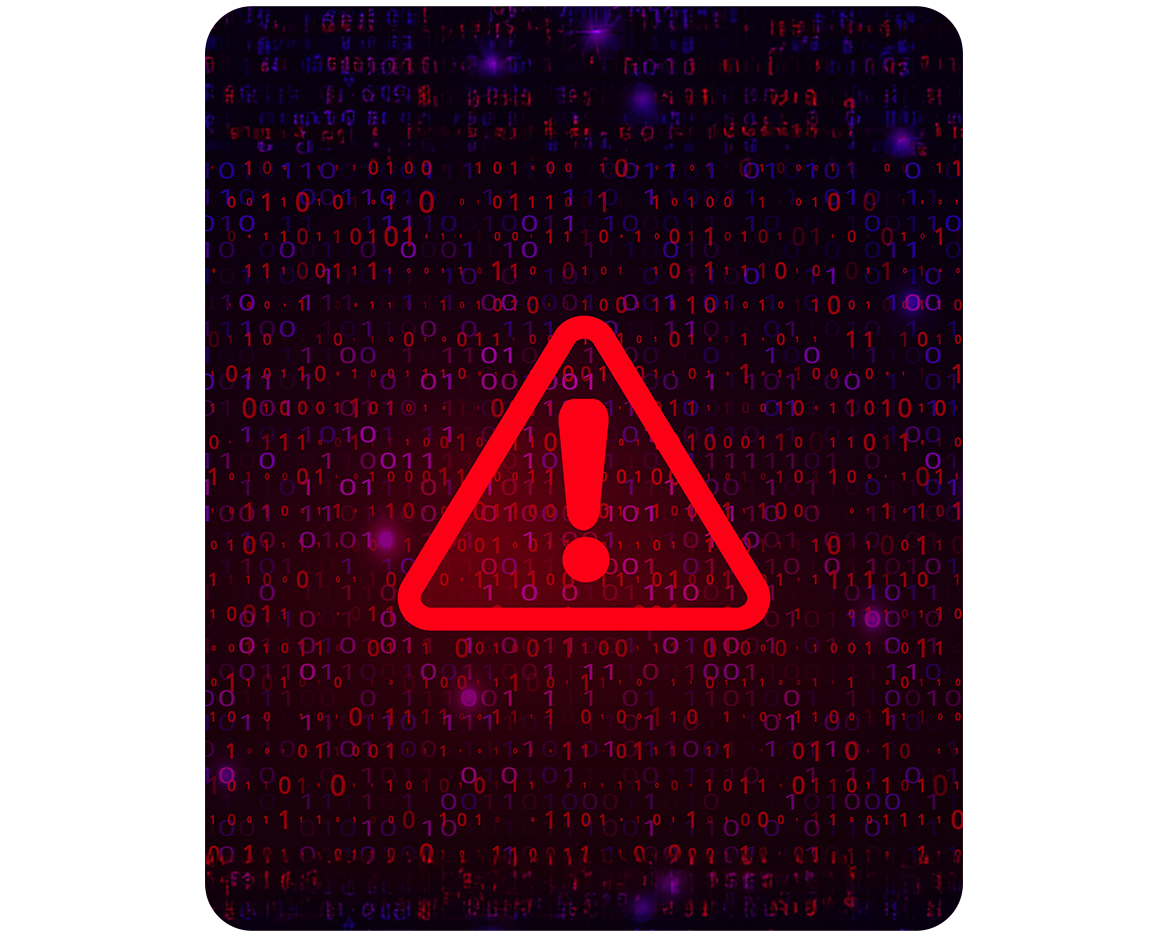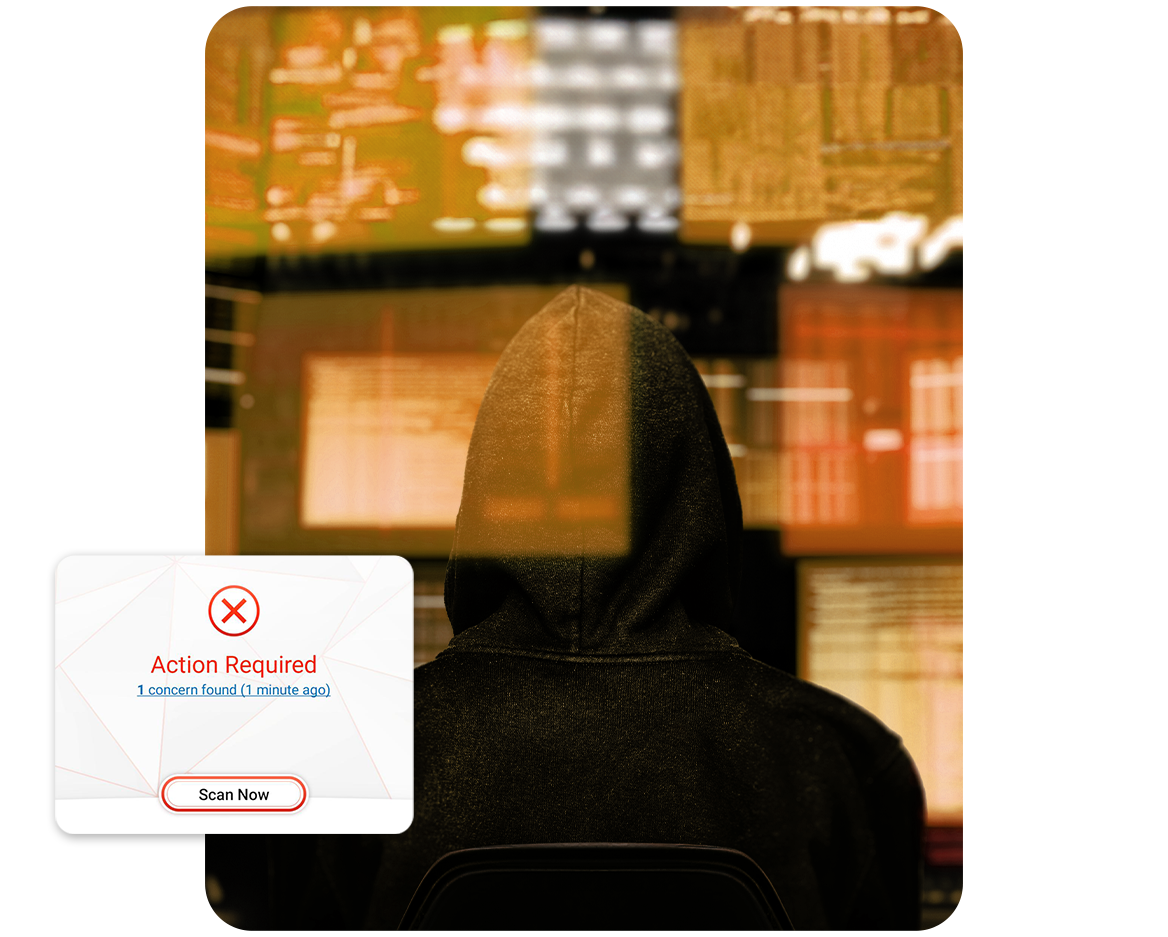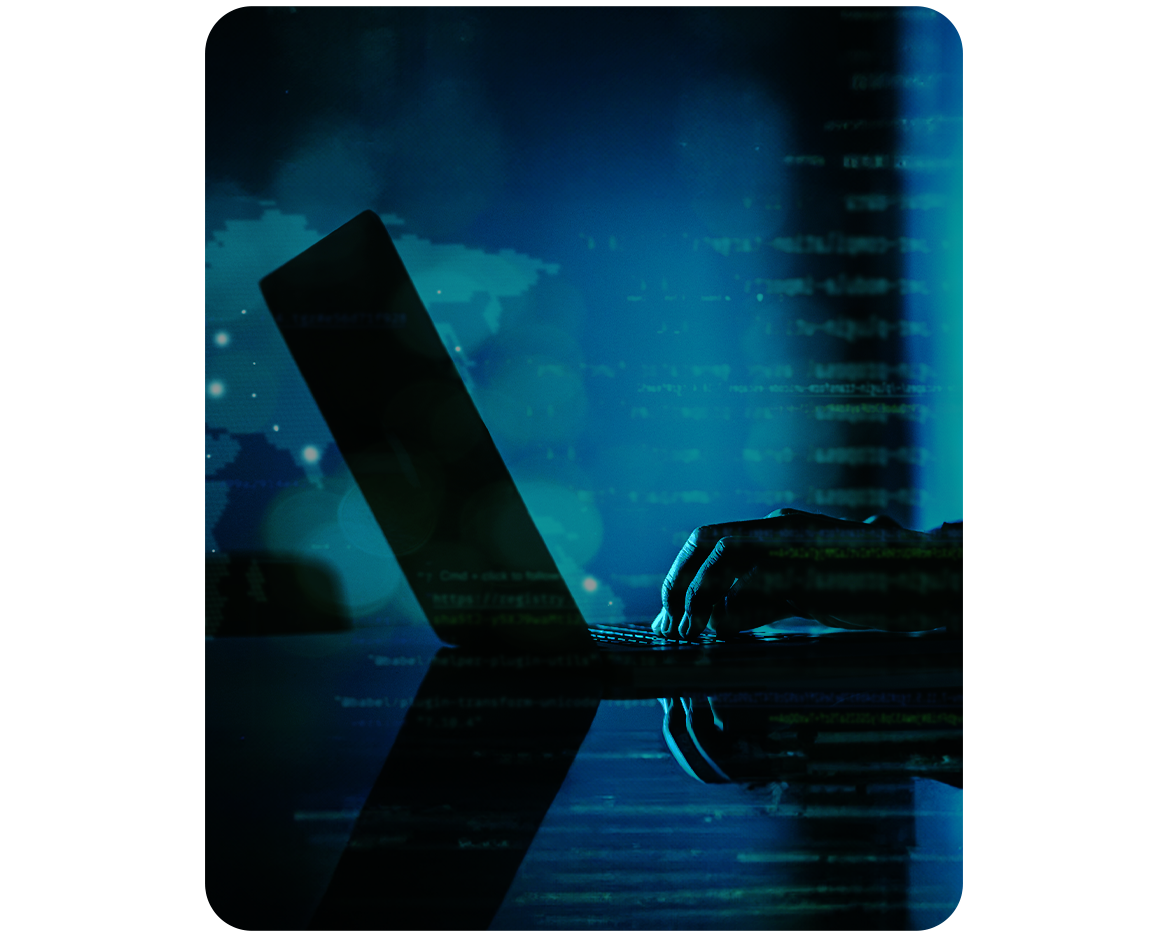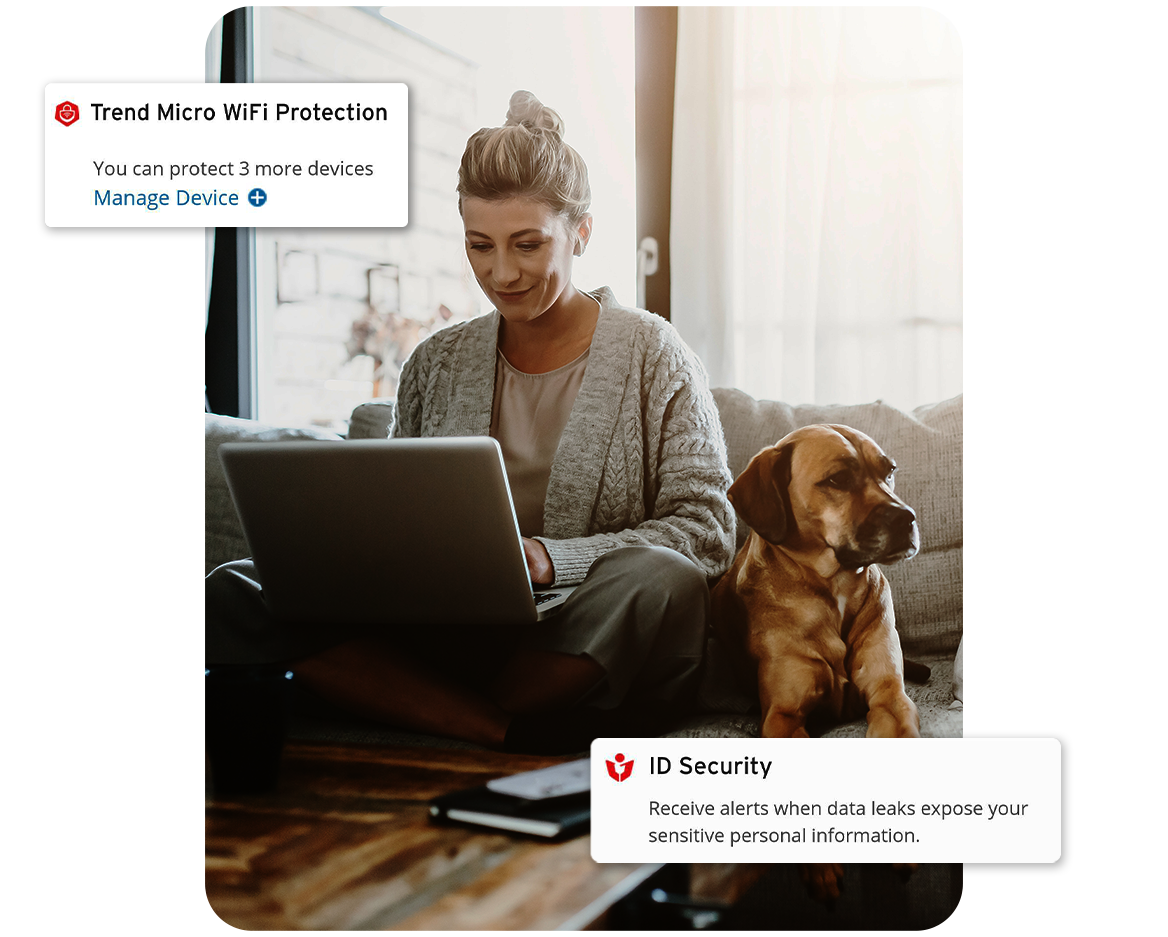Cybercriminals use malware to steal personal information, like passwords and credit card numbers, through methods such as keylogging or phishing. They also use it to encrypt files and demand ransom payments (ransomware), disrupt systems (like distributed denial-of-service attacks), or turn devices into bots for larger-scale attacks (botnets). Moreover, malware can be used for espionage, allowing cybercriminals to monitor activities, access confidential information, or gain unauthorized control over compromised devices. In summary, malware offers cybercriminals a flexible tool for carrying out a variety of malicious activities

What is Malware?
Malware, or malicious software, refers to a wide spectrum of harmful programs intended to disrupt, damage, or gain unauthorized access to computer systems. This includes viruses, worms, Trojans, ransomware, spyware, and adware. Malware can infect devices through a variety of routes, including email attachments, compromised websites, and software downloads. Once installed, it performs malicious actions such as data theft system hijacking, and device incapacitation. It may operate stealthily to evade detection, exploiting vulnerabilities in software or utilizing social engineering tactics to trick users into inadvertently installing it, posing significant risks to cybersecurity and data privacy. Malware removal typically involves using specialized antivirus software to scan, detect, and quarantine or delete malicious files or programs, restoring the infected device to a secure state.
Types of Malware
With numerous forms of malware prevalent, comprehending the various types is instrumental in safeguarding your data and devices:
- Virus - A virus is malicious software that infects computer files and spreads when shared. It attaches itself to executable files or documents, activating when opened to replicate and potentially cause damage or steal information.
- Ransomware - Ransomware encrypts files on computers or devices, demanding payment, often in cryptocurrency, for their release. It infiltrates through methods like phishing emails, locking files and displaying ransom notes. Failure to pay may result in permanent data loss.
- Scareware Scareware deceives users into thinking their computer is infected with viruses or malware through alarming pop-ups or fake alerts. It prompts users to buy fake antivirus software or unnecessary services, aiming to trick them into spending money on fraudulent products.
- Worms - Worms are malicious software that propagate through computer networks by exploiting software vulnerabilities or social engineering. Unlike viruses, they replicate independently and can execute harmful actions like file deletion or data theft. They spread quickly and cause substantial damage.
- Spyware - Spyware covertly monitors and collects data from devices without user consent, tracking activities like keystrokes and web browsing. It sends information to cybercriminals, enabling various malicious activities.
- Trojans - Trojans disguise themselves as legitimate files to deceive users into downloading or executing them, enabling harmful actions like data theft. Unlike viruses, Trojans need user interaction to spread.

How does Malware spread in a network?
Malware spreads through networks via various vectors, exploiting vulnerabilities in software, human behavior, or network infrastructure.
Common methods include email attachments or links, where unsuspecting users open infected files or click on malicious links. Malware can also spread through compromised websites and through removable media such as USB drives. Vulnerabilities in network services or protocols, like outdated software or weak passwords, provide entry points for malware to propagate within a network. Once inside, malware can self-replicate, spread laterally across connected devices, or exploit known vulnerabilities to infiltrate other systems, causing widespread damage or data breaches. Regular updates, strong security measures, and user education are vital to mitigating malware risks in networks.

How do I know I’ve been infected with Malware?
Several signs may indicate a malware infection on your device. These include sudden performance slowdowns, unexpected crashes or freezes, unusual pop-up messages or advertisements, unauthorized changes to your homepage or search engine settings, unexplained data usage or network activity, and the appearance of unfamiliar programs or icons on your desktop. Furthermore, unauthorised access to your accounts, missing files, or unusual behavior, such as files opening or closing on their own, may indicate malware activity. Running a reliable antivirus or anti-malware check on your device can help detect and remove infections. Regularly updating your operating system and software, as well as maintaining safe browsing practices, can all help to lower the risk of malware infection.

How can I protect myself from Malware?
While various types of malware exist, the good news is the availability of numerous methods to defend against them. Explore these key strategies for safeguarding yourself from malware:
- Use Advanced Antivirus Software: Opt for advanced antivirus solutions such as Trend Micro Device Security Pro, renowned for its real-time protection and innovative features which efficiently detects and thwarts malware threats.
- Keep Software Updated: Regularly update your operating system, applications, and antivirus software to patch vulnerabilities and stay protected against the latest threats.
- Practice Safe Browsing Habits: Exercise caution when clicking on links, downloading files, or visiting websites, especially those with suspicious or unfamiliar content.
- Enable Firewalls: Activate firewalls on your devices to block unauthorized access and prevent malware from spreading through network connections.
- Use Ad Blockers: Install ad blockers to reduce exposure to malicious ads and prevent accidental clicks on potentially harmful content.
- Be Cautious with Email: Avoid opening email attachments or clicking on links from unknown senders, as they may contain malware or phishing attempts.
- Backup Your Data: Regularly backup your important files and data to an external storage device or cloud service to mitigate the impact of malware infections or ransomware attacks.
- Implement Multi-Factor Authentication: Enable multi-factor authentication (MFA) for your accounts to add an extra layer of security against unauthorized access, even if your passwords are compromised.
- Stay Informed: Stay updated on the latest malware trends and cybersecurity news to remain aware of emerging threats and best practices for protection.
Best Practices
Trend Micro Anti Malware & Ransomware Protection Subscription Plans
Maximum Security
Comprehensive internet security and antivirus protection
SG$39.00
SG$79.00
Normally SG$69.00
Normally SG$138.00
Top Features
- Antivirus, malware, ransomware, & spyware protection
- Secures PC, Mac, and Mobile devices
- Protects webmail from scams and phishing attacks
- Secures online banking and shopping
- Keeps children safe online
- Secures privacy on social media
- Pauses notifications during gaming
- Protects and manages passwords
Device Security Basic
Basic device and identity protection
SG$49.00
SG$99.00
Normally SG$89.00
Normally SG$178.00
Top Features
- Antivirus, malware, ransomware, & spyware protection
- Secures PC, Mac, and Mobile devices
- Protects webmail from scams and phishing attacks
- Secures online banking and shopping
- Keeps children safe online
- Secures privacy on social media
- Pauses notifications during gaming
- Protects and manages passwords
Also Includes
- Guards against identity theft with dark web monitoring
- Anti-track and Ad-blocker to stop third parties from collecting your data
Device Security Pro
Powerful device and identity protection
SG$69.00
SG$119.00
Normally SG$129.00
Normally SG$258.00
- Antivirus, malware, ransomware, & spyware protection
- Secures PC, Mac, and Mobile devices
- Protects webmail from scams and phishing attacks
- Secures online banking and shopping
- Keeps children safe online
- Secures privacy on social media
- Pauses notifications during gaming
- Protects and manages passwords
Top Features
Also Includes
- Guards against identity theft with dark web monitoring
- Anti-track and Ad-blocker to stop third parties from collecting your data
- Secure VPN to protect your privacy
- 24x7 technical support
Why do you need Trend Micro Anti Malware & Ransomware Protection?

Award-Winning Protection
Trend Micro has the highest quality solutions and the best security protection, as recognised through awards by independent tester AV-Test since 2003.
Trusted by Millions
Dedicated to assuring 100% customer satisfaction. Our security experts are ready to assist you 24x7.
30 Years of Innovation
Thirty years of experience and innovation guarantees only the best internet security and antivirus protection.
100% Money Back Guarantee
Enjoy a 30-day money-back satisfaction guarantee when you purchase through the Trend Micro online shop.
Trend Micro Total Protection
If you’re looking for comprehensive antivirus protection with identity theft protection and home network security, consider Device Security Ultimate. It provides full device and identity safeguarding for PC, Mac, smartphones and tablets, plus security for smart home devices.
Highlights of Device Security Ultimate include:
- Protect PCs, Macs, mobile phones and tablets
- Antivirus, malware, ransomware, & spyware protection
- Guard against identity theft with dark web monitoring
- Anti-track and Ad-blocker to stop third parties from collecting your data
- Protect and manage passwords
- Keep children safe online
- Secure VPN to protect your privacy
- Bundled with Home Network Security for ultimate protection for smart devices and kids’ mobile phones and tablets
- FREE IT Helpdesk! 24x7 unlimited technical support and emergency assistance

Frequently Asked Questions
Yes, Macs can get malware, although historically they have been less targeted compared to Windows PCs. However, as Macs have gained popularity in recent years, they have become more attractive targets for cybercriminals. Malware targeting Macs can include viruses, ransomware, spyware, adware, and other forms of malicious software. Common vectors for Mac malware include phishing emails, malicious websites, fake software updates, and infected files downloaded from the internet.
To reduce the risk of malware infections on Macs, users should practice good cybersecurity hygiene, such as keeping their operating system and software up to date, using strong and unique passwords, being cautious of suspicious emails and websites, and using reputable antivirus or anti-malware software for additional protection.
Trend Micro offers comprehensive protection against malware attacks on devices through its advanced security solutions. Trend Micro's antivirus and security software can identify and block known and emerging malware threats in real-time.
Additionally, Trend Micro security solutions employs web filtering and email scanning to prevent users from accessing malicious websites or downloading infected email attachments. Their solutions also include features such as firewall protection, intrusion detection, and vulnerability shielding to further fortify devices against malware attacks. With regular updates and continuous threat intelligence, Trend Micro strives to provide comprehensive protection to users, safeguarding their devices from malware infections and ensuring a safer digital experience.
Yes, mobile devices like smartphones and tablets can be infected with malware. While they were once considered less vulnerable, their widespread use has made them attractive targets for cybercriminals. Malware on mobile devices can include viruses, ransomware, spyware, and adware. It can spread through malicious apps, phishing messages, infected websites, and compromised legitimate apps. Once infected, malware can steal data, track user activity, display unwanted ads, or take control of the device. To protect against mobile malware, users should download apps only from official stores, keep software updated, use strong passwords, and employ reputable mobile security software.
Trend Micro Security Products Customer Reviews
It is a good system and appears to cover all aspects
I have been with Trend Micro for quite a number of years and my computer and mobile devices have been well-protected and no invasions by hackers [nor] other infiltrators have [since] occurred. Being an aged person without an IT background, I have called technical support service a number of times and received all the time and assistance needed. Your technicians are always helpful and understanding.
Bill Goodie - 3 months ago
Good quality product
I have been a Trend Micro customer since 2013. In that time, I have never been attacked by any malicious software [nor] infected with harm-causing software. I have been warned a number of times that particular websites were potentially dangerous and should be avoided. I have never had any cause to question what the Trend Micro software was doing, as it went about its business of protecting me. The four other systems that are protected by my licensed version of the software have never had their computers compromised.
woodsie13 - 5 months ago
Fool-proof protection
I have been with Trend Micro for years now and have never had a problem. From the first installation which was easy, to annual renewals—the processes have been simple. I have three devices protected and it gives me peace of mind. I would highly recommend this product.
wall - 5 months ago
Great all round protection
Have been purchasing this for many years, never had an issue with [it]. So easy to purchase, download, install, run, and protect my IT equipment and software, truly cannot fault at all.
Goldi - 5 months ago
Easy and complete protection
I have used your product for over 3 years and have had no issues. [It is] easy to load, and easy to use. I have seen it disrupt various attempts of viral attacks against my machine, it gives me great confidence.
Swampwitch - a month ago
Peace of Mind
I have been using Trend Micro since the 1990's when my PC had 500meg of hard drive and 32 meg of ram. In recent years, I have purchased the multiple 2 year product to ensure all my devices are protected, as well those of my family. I have never used any other product as extremely satisfied with Trend Micro protection.
Greeny - a month ago


